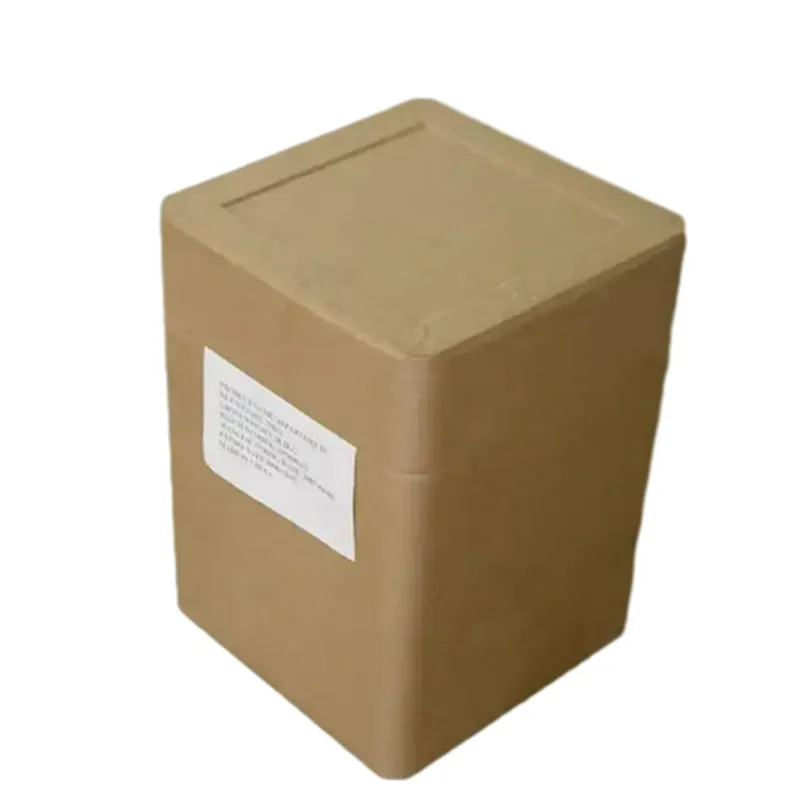
Comparison of Polar Protic and Aprototic Solvents in Chemical Reactions
Polar Protic and Aprotic Solvents Understanding Their Roles in Chemistry
In the realm of chemistry, solvents play an essential role in facilitating reactions, influencing solubility, and assisting in the isolation and characterization of compounds. Among the various classes of solvents, polar protic and aprotic solvents are two significant categories that demonstrate distinct properties and behaviors. Understanding these two types of solvents is crucial for chemists and researchers as they navigate the complexities of chemical reactions and interactions.
Polar Protic Solvents
Polar protic solvents are characterized by their ability to form hydrogen bonds due to the presence of hydroxyl (-OH) or amino (-NH) groups. These solvents possess a partial positive charge on the hydrogen atom, allowing them to interact favorably with polar solutes. Common examples of polar protic solvents include water, alcohols (such as methanol and ethanol), and carboxylic acids.
One of the defining features of polar protic solvents is their ability to solvate ions effectively. For instance, when ionic compounds are dissolved in water, the positive ions (cations) are surrounded by the negatively charged oxygen atoms, while the negatively charged ions (anions) are surrounded by the positively charged hydrogen atoms. This solvation process leads to the dissolution of salts and enhances the rate of chemical reactions that involve ionic species.
Moreover, polar protic solvents are often used in acid-base reactions. The presence of acidic protons allows for proton transfer processes, making them ideal for reactions involving Brønsted-Lowry acids and bases. Their high dielectric constant also contributes to their effectiveness in stabilizing charged species, which is crucial in many organic reactions.
Polar Aprotic Solvents
polar protic and aprotic solvents

In contrast, polar aprotic solvents lack acidic hydrogens, which results in a different mode of interaction with solutes. These solvents, such as dimethyl sulfoxide (DMSO), acetonitrile, and acetone, possess a polar structure, yet they do not participate in hydrogen bonding in the same manner as polar protic solvents. Consequently, they have unique solvation capabilities.
Polar aprotic solvents are particularly useful in nucleophilic substitution reactions (S_N2), where a nucleophile attacks an electrophile. The absence of hydrogen bonding allows the nucleophile to remain relatively unhindered, thereby increasing its reactivity. In this context, the polar character of aprotic solvents aids in stabilizing the charged intermediates without slowing the reaction down through hydrogen bonding interactions.
Additionally, polar aprotic solvents can solvate cations effectively, but they do not stabilize anions as efficiently as polar protic solvents. This characteristic can lead to enhanced nucleophilicity of anions, making polar aprotic solvents preferable in reactions where strong nucleophiles are required.
Choosing the Right Solvent
In practical applications, the choice between polar protic and aprotic solvents often depends on the specific reaction conditions and the nature of the reactants. For instance, if a reaction involves strong acids or bases, polar protic solvents may be favored for their ability to stabilize ions and facilitate proton transfer. Conversely, if a nucleophilic substitution reaction is anticipated, a polar aprotic solvent may be ideal to enhance the nucleophilicity of reactants.
In summary, polar protic and aprotic solvents are integral to the functioning of various chemical reactions. Their distinct properties influence solubility, reaction rates, and the outcome of many synthetic processes. By understanding the differences between these types of solvents, chemists can select the most appropriate medium for their reactions, leading to more efficient and successful outcomes in their work.
-
Why Glacial Acetic Acid Food Grade Is Essential in FlavorNewsMay.26,2025
-
Surging Export Growth of Food Additives in ChinaNewsMay.26,2025
-
How Ammonium Nitrate Fertilizer Boosts Crop YieldsNewsMay.26,2025
-
How 1,2,3-Benzotriazole Shields Plastics from UV DegradationNewsMay.26,2025
-
Cyanide in Gold Mining: Protecting People and the PlanetNewsMay.26,2025
-
Aluminum Hydroxide in Modern Sunscreen FormulationsNewsMay.26,2025
-
Understanding Synthetic Rubber OptionsNewsApr.27,2025
Hebei Tenger Chemical Technology Co., Ltd. focuses on the chemical industry and is committed to the export service of chemical raw materials.
-

view more DiethanolisopropanolamineIn the ever-growing field of chemical solutions, diethanolisopropanolamine (DEIPA) stands out as a versatile and important compound. Due to its unique chemical structure and properties, DEIPA is of interest to various industries including construction, personal care, and agriculture. -

view more TriisopropanolamineTriisopropanolamine (TIPA) alkanol amine substance, is a kind of alcohol amine compound with amino and alcohol hydroxyl, and because of its molecules contains both amino and hydroxyl. -

view more Tetramethyl Thiuram DisulfideTetramethyl thiuram disulfide, also known as TMTD, is a white to light-yellow powder with a distinct sulfur-like odor. It is soluble in organic solvents such as benzene, acetone, and ethyl acetate, making it highly versatile for use in different formulations. TMTD is known for its excellent vulcanization acceleration properties, which makes it a key ingredient in the production of rubber products. Additionally, it acts as an effective fungicide and bactericide, making it valuable in agricultural applications. Its high purity and stability ensure consistent performance, making it a preferred choice for manufacturers across various industries.











